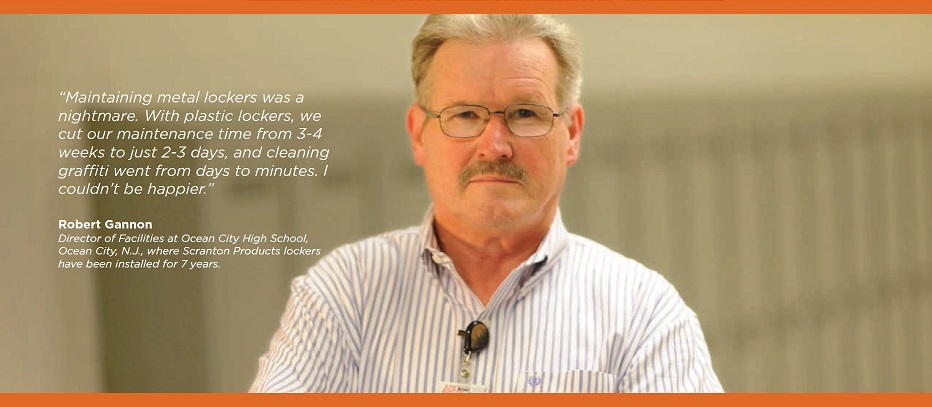If your facility features a shower area or even dressing compartments, it’s important that you’re using the right materials to make sure that occupants or employees are comfortable, as well as covered with privacy. There are a variety of materials that are in use, but none of them compare to HDPE in terms of durability, security, and sustainability. So, if you’re considering using HDPE showers or dressing compartments, here are some answers to the most common questions that facility managers have.
 Get started by looking for the question(s) that’s most relevant to you so you can learn the answer!
Get started by looking for the question(s) that’s most relevant to you so you can learn the answer!
How Are These Showers/Dressing Compartments Stronger Than the Standard Materials?
Most facility showers and dressing compartments are made from steel, coated steel, or even phenolic plastic, which can be strong and provide adequate privacy for anyone who’s washing or even changing. However, most of these materials seem strong on the surface, but can be easily scratched or dented, resulting in an eyesore on your shower stall. HDPE plastic is solid and durable. As it’s a solid piece of plastic, it will resist dents and scratches.
How Are They Affected by Humidity and Moisture?
Humidity and moisture are a common threat in your bathrooms, shower facilities, and changing areas. Most of the materials used for showers and dressing compartments have a plastic exterior, but with a softer inner core that’s susceptible to mold growth due to the constant exposure to moisture. Once mold is inside, these materials need to be removed and replaced. HDPE showers and changing compartments are a solid plastic, making them impenetrable to moisture, and they can easily stave off mold growth. These HDPE materials will help you keep your air quality high.
Can They Provide Enough Privacy?
Absolutely! HDPE shower stalls and dressing compartments can be tailored to fit any designated area. You can select your preferred height and width, as well as custom make an ADA-compliant shower stall. Your shower and dressing compartment occupants will be satisfied with the level of privacy that HDPE compartments and stalls provide.
Is There a Lot of Expensive Upkeep?
You’ll be happy to know that HDPE plastic is a low-maintenance building material. Due to the resistance to mold growth, they won’t need to be replaced early in their cycle. As for any stains or blemishes on their surface, they can easily be wiped away without a rigorous and extensive cleanup.
How Long Will These Stalls and Compartments Last?
These HDPE stalls and compartments will last for a long time. Because they’re durable, they won’t endure any surface damage, and due to the low-cost maintenance, these stalls and compartments will eventually pay for themselves after only a few years. These materials are also sustainable, and they’re made from both pre- and post-consumer material, making them up to 100% recyclable.
Want to learn more about how HDPE stalls and compartments would be a great material for your facility? Check out our free eBook, The Professional’s Guide to Commercial Bathroom Renovations and Remodels, from your friends at Scranton Products.



